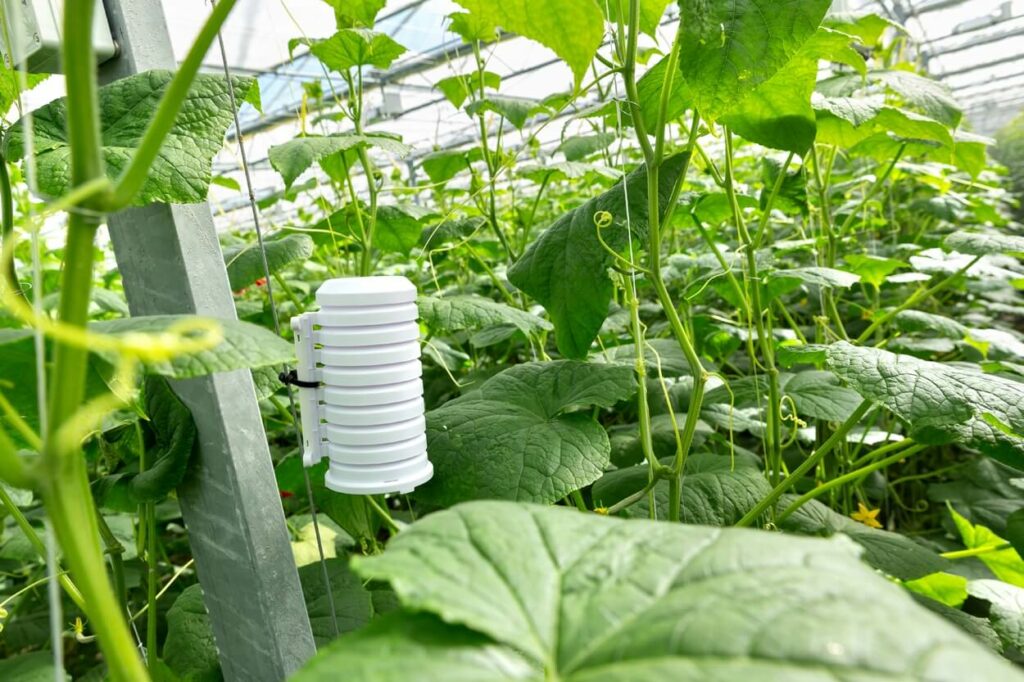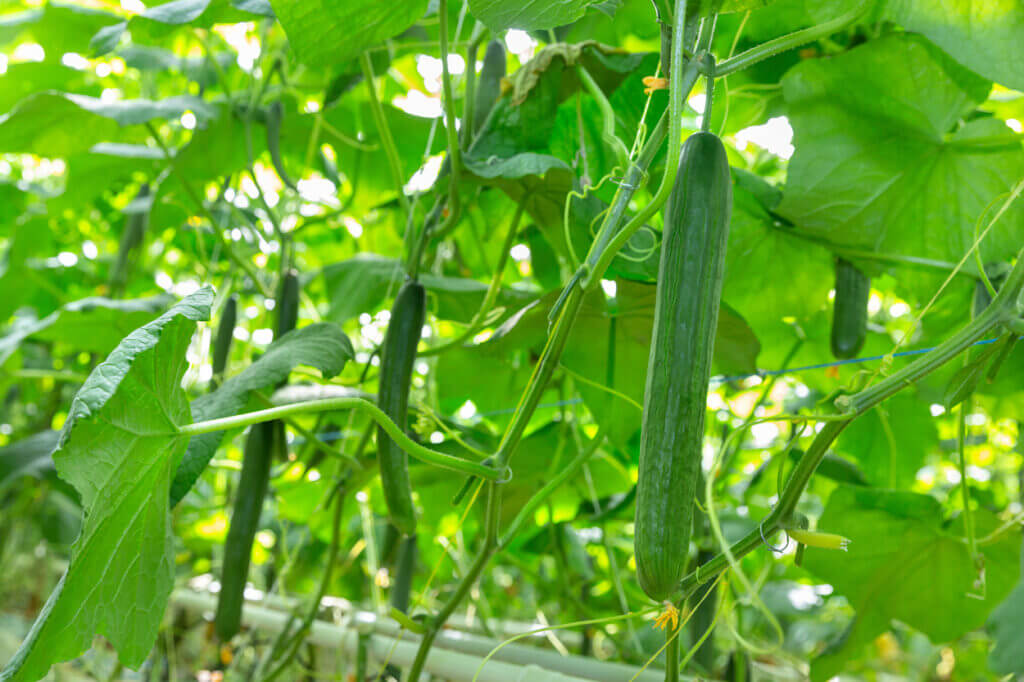Big data has already proved its worth in many industries in recent years. Today, big data is making a gigantic advance in the horticulture sector. More and more growers and other stakeholders are using data to:
- more complete and faster risk assessment in the greenhouse or in the field;
- improve crop management;
- get a better grip on the supply chain.
In this article, we elaborate on these topics and take a closer look at the factors that are becoming much more manageable for growers thanks to big data.
Improve risk assessments with smart sensors
One way data analytics technology is helping the horticulture sector is by providing insights that make growers more aware of risks. Diseases, for example, can spread quickly in a greenhouse or in an open field. In many cases, diseases spread rapidly from a few infected plants to dozens of other plants before growers have identified the problem.

Monitor climate factors for optimal growth
Fortunately, various IoT devices exist to map environmental factors. For example, temperature, relative humidity, carbon dioxide (CO2) content, oxygen (O2) content, amount of photosynthetic light (PAR), soil moisture, soil temperature and soil conductivity can be measured and monitored in many places within the greenhouse. The grower is able to set high-risk limits. Does an environmental factor exceed the limit value? Then the grower can get a notification about this on his mobile, tablet or computer.
“Diseases spread at lightning speed to dozens of other plants before growers have identified the problem.”
Identify growth defects in the plant
Apart from climate data, sensors also collect data on growth deviations. Since those variations can be the first sign of a serious disease, this information helps growers to be proactive in identifying potential plant health problems. A specific plant can then be treated or removed quickly, preventing other plants from also becoming unnecessarily infected with the disease.
The advance of data centres in horticulture
Sensors typically receive data continuously and can be used in greenhouses or open fields with thousands of plants. This explains why data centres play an important role in supporting horticultural professionals: they help enormously in collecting and storing relevant information.
Big data in horticulture improves crop management
During cultivation, growers face major challenges:
- climate and nature are constantly changing;
- you have to deal with difficult to control diseases and pests;
- Does your soil have the necessary nutrients?
These are examples that all have an effect on crop development and quality.
Crop loss despite green thumb
Crop management has come a long way. Horticulture professionals usually rely on experience and suggestions from fellow growers in the area to understand which crops grow best at certain times of the year. Despite growers’ skilled green thumbs, many operations in horticulture are carried out based on routine and assumptions. Even the most experienced growers sometimes struggle with growing seasons, which can result in costly crop losses.
More efficient plant distribution
To avoid crop loss, it is important that the varieties you grow perform optimally under unforeseen conditions. To find ‘the most optimal’ variety, thousands of varieties of a plant are often grown using conventional breeding technologies. With today’s analytical software, connections can be sought in huge amounts of data and processes such as plant breeding can be carried out more efficiently and with fewer errors. Thus, plant science and other technologies can advance faster than expected, bringing benefits to today’s growers.
“With big data, processes like plant breeding can be done more efficiently and with fewer errors.”
Big data improves supply chain management in horticulture
Not only the plant’s improved variety and the cultivation techniques used affect the quality of the crop. Your cucumber, tomato or sweet pepper may be as tasty after harvest, but if your crop is on supermarket shelves very late, it will taste significantly different. Agricultural supply chains present a number of challenges for growers and distributors.

Perishable food products
Unlike most goods, food products are perishable. Incorrect food storage or transport methods can greatly affect the quality and taste of food products. In the worst case, spoilt food products can even lead to health risks.
Identification of inefficiencies
Big data is also playing an increasingly important role in how these products are distributed from growers’ fields or greenhouses to markets around the world. Distributors can identify inefficiencies in their supply chains to get horticultural products to their destinations faster and cheaper. Retailers use sales and inventory data, as well as information gathered on customer behaviour, to minimise waste and excess stock while staying one step ahead of market demands.
